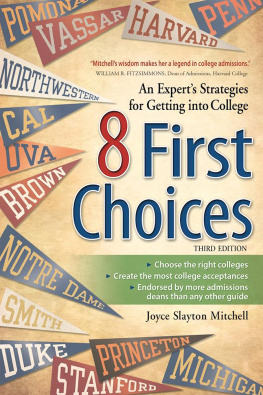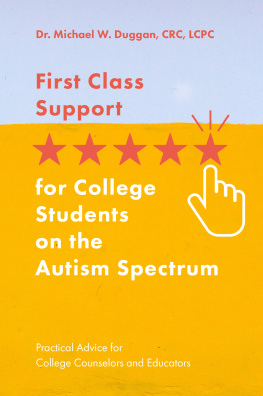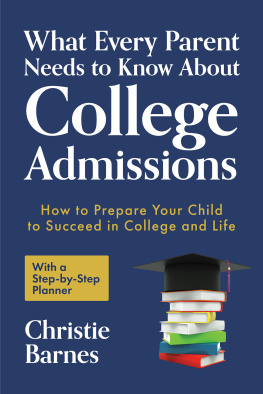Hold Fast to Dreams

2014 by Beth Zasloff and Joshua Steckel
All rights reserved.
No part of this book may be reproduced, in any form, without written permission from the publisher.
Requests for permission to reproduce selections from this book should be mailed to: Permissions Department, The New Press, 120 Wall Street, 31st floor, New York, NY 10005.
Quotation on page vii from Dreams from The Collected Poems of Langston Hughes by Langston Hughes, edited by Arnold Rampersad with David Roessel, Associate Editor, copyright 1994 by the Estate of Langston Hughes.
Used by permission of Alfred A. Knopf, an imprint of the Knopf Doubleday Publishing Group, a division of Random House LLC. All rights reserved.
Quotation on pages 1617 from Song of Solomon by Toni Morrison, copyright 1977 by Toni Morrison. Used by permission of Alfred A. Knopf, an imprint of the Knopf Doubleday Group, a division of Random House LLC.
Published in the United States by The New Press, New York, 2014
Distributed by Perseus Distribution
ISBN 978-1-59558-928-6 (e-book)
CIP data available.
The New Press publishes books that promote and enrich public discussion and understanding of the issues vital to our democracy and to a more equitable world.
These books are made possible by the enthusiasm of our readers; the support of a committed group of donors, large and small; the collaboration of our many partners in the independent media and the not-for-profit sector; booksellers, who often hand-sell New Press books; librarians; and above all by our authors.
www.thenewpress.com
Composition by dix!
This book was set in Adobe Caslon
2 4 6 8 10 9 7 5 3 1
For our parents,
Joseph and Tela Zasloff,
and Steve and Barbara Steckel
Hold fast to dreams
For if dreams die
Life is a broken-winged bird
That cannot fly.
Langston Hughes, Dreams
But experience has taught me that you cannot value dreams according to the odds of their coming true. Their real value is in stirring within us the will to aspire.
Sonia Sotomayor, My Beloved World
CONTENTS
Thinking about college is like thinking about life.
Scott Way, at age 16
W e wrote this book to document the struggles and triumphs of students like those Josh has worked with during his eight years as a college counselor in the New York City public schools: young people whose stories are too often left out of the national conversation about college or reduced to grim statistics. It is not a how-to book or an application guide. Through the lens of Joshs work with ten students, we try to bring to life what it is like to be a low-income student of color trying to get toand throughcollege in America today.
The ten students stories begin with their work with Josh in high school. As Scott suggests, thinking about college spurs big and difficult questions about who they are and what they can become. The students narratives then expand into an exploration of the educational, professional, personal, and spiritual choices they face after their high school graduations. In their reflections and memories, students capture the experience of coming of age in a society where the American dream of opportunity through education often clashes with another defining American narrative: that of poverty as a vicious cycle that only the most determined young people can break.
This book was written as a husband-wife collaborationroughly divided as Beth doing the writing and Josh doing the research. It was also written in partnership with students who spoke about their experiences in interviews, welcomed us to their homes and campuses, and reflected back with us on documents from their application processes, including essays, letters of recommendation, and e-mail exchanges. Josh has stayed close with all the students in this book, and in interviewing them he has continued the counseling relationship that is also our subject. The book shifts between Joshs memories and those of the students. As much as possible, their stories are told in their own words.
In agreeing to participate in this project, each of the students expressed a hope that this book would help others. We are incredibly grateful to all of them for their courage, generosity, and insight. All of the ten students read and commented on the manuscript to ensure that their experiences were represented accurately. Four students and their close friends and family members are given pseudonyms. For Aicha Diallo and Santiago Hernandez, this is due to ongoing concerns related to immigration status; for Santiago, we have also changed identifying details. Ashley Brown and Dwight Martin expressed the desire to maintain their privacy. For the remaining six students, real names are used.
J ust before beginning a new job as college counselor at the Secondary School for Research, a public school in Brooklyn, New York, Joshua Steckel was greeted by a member of the upcoming senior class with this e-mail message:
hi im nkese (pronounce nik-a-ce) im glad that you email me because many of seniors need help with the college process. me for one because i have many college applications sent 2 my houses but i havent filled none. SO i appreciate and look forward 2 workin with you in da comin school year
Josh was intimidated, both by Nkeses apparent low skill level and by the hope her message expressed. Her e-mail, a response to one he had sent introducing himself to the senior class, voiced the expectation that he would fill a need he wasnt sure he could. He had no experience working with low-income, inner-city kids beyond the few scholarship students he had counseled in his previous job at Birch Wathen Lenox, a private school on New York Citys Upper East Side. He didnt know what it would be like to guide this set of students through the consuming drama of the college application process, or whether the success hed had placing wealthy students at elite schools would translate to the task that lay before him: helping students who would mostly be the first in their families to go to college.
Josh wrote back to Nkese that he looked forward to meeting her and that he would appreciate her help contacting the other seniors. i already spread da wrd 4 u, she replied within seconds.
The Secondary School for Research, where Josh began in the fall of 2006, was one of three schools located in the John Jay building, which occupies most of a block on Seventh Avenue in Park Slope, Brooklyn. The old John Jay High School had been shut down as part of the citys plan to replace large, failing schools with multiple small, nurturing schools housed in the same building. The population of the Secondary School for Research in 2006 was 46 percent Latino, 40 percent African American, 8 percent Asian, and 6 percent white. Eighty percent of students were economically disadvantaged by federal standards and received free or reduced price lunch. Kids came mostly from neighborhoods outside Park Slope, including Sunset Park, Flatbush, Bedford-Stuyvesant, Crown Heights, and East New York.
The old John Jay High School had a history of violence: in 1997, the New York Times reported, it had more assaults, robberies, and acts of drug and weapon possession than any high school in the city. When Josh began, incidents had decreased to levels on par with many other New York City public schools. But John Jays reputation still lingered in the upper-middle class neighborhood. The pizza shop across the street from the school building posted a sign reading, No students allowed before 5 p.m., though at lunchtime, a pizza shop a few blocks away was crowded with the students from the highly regarded elementary school nearby, PS 321. At the end of the school day, police officers gathered outside the John Jay building to herd students to the subway.
Next page







